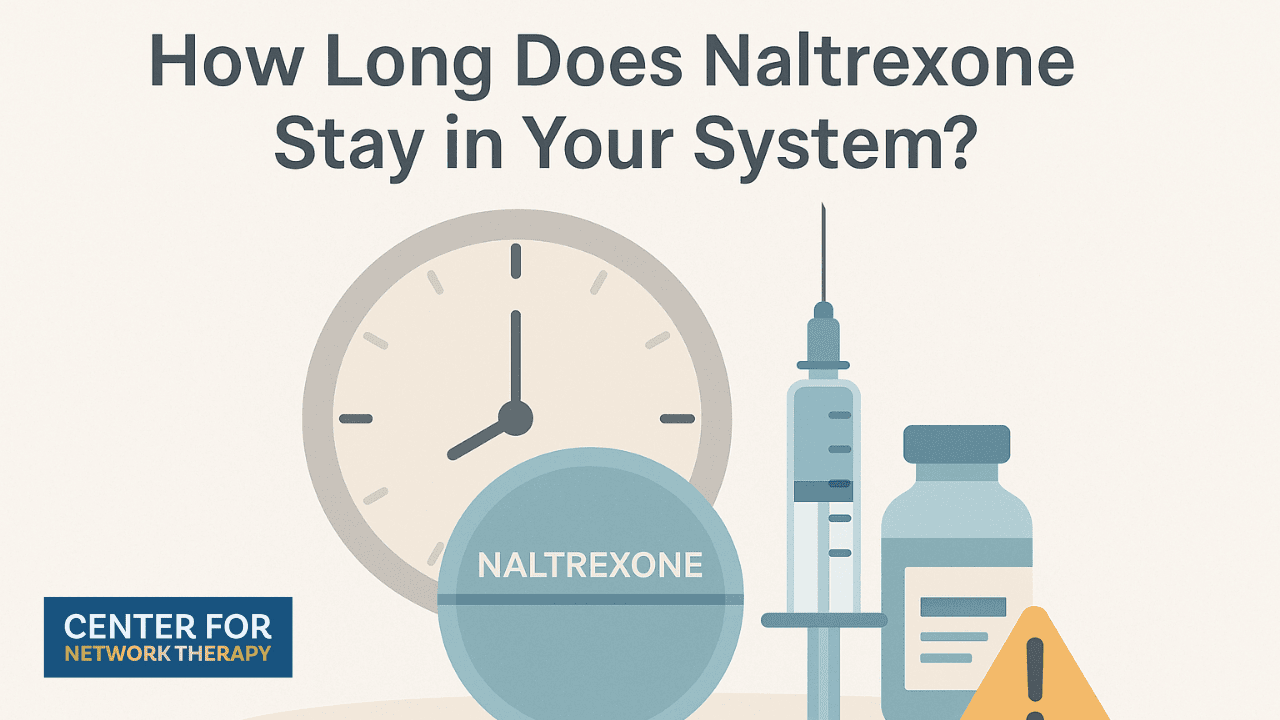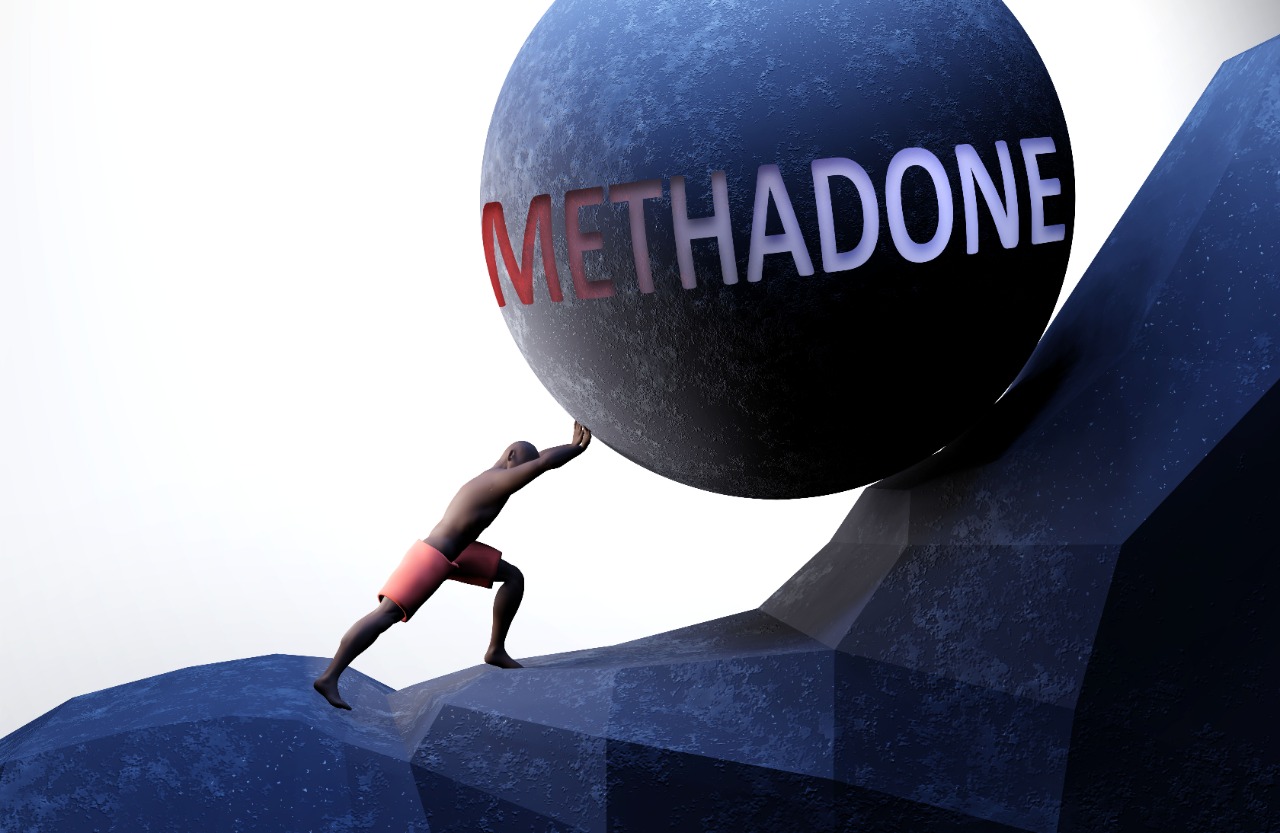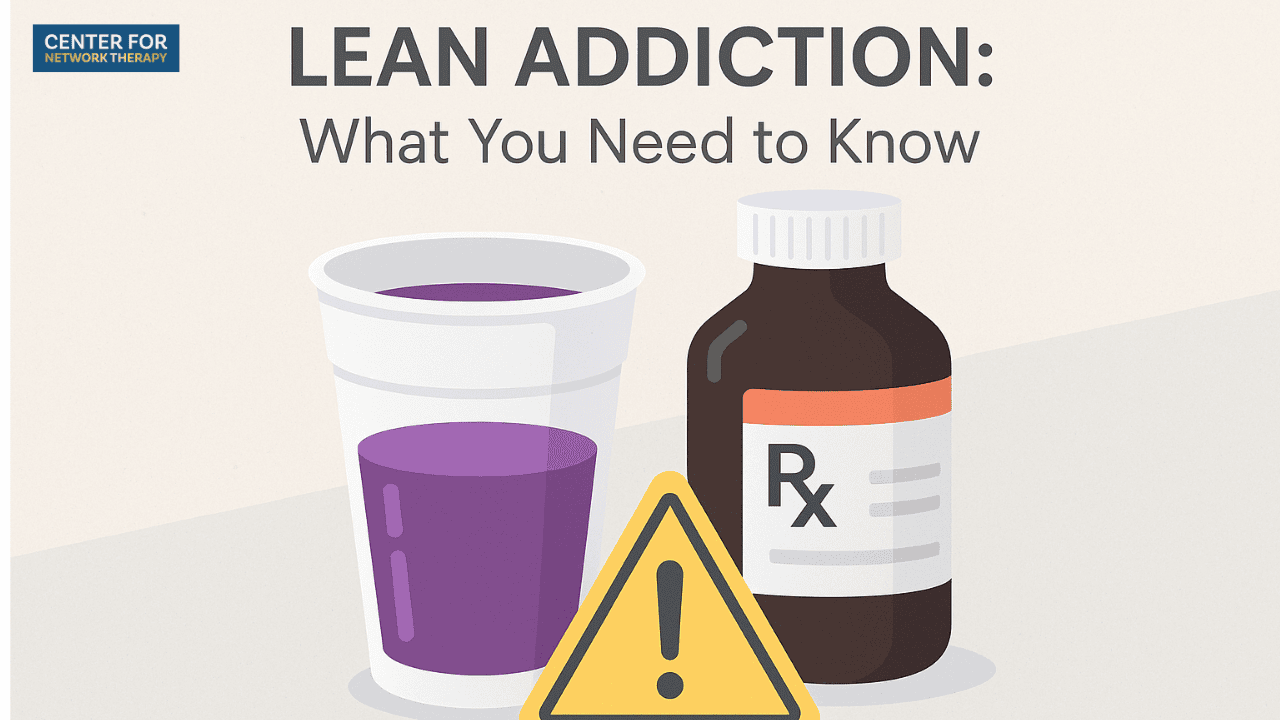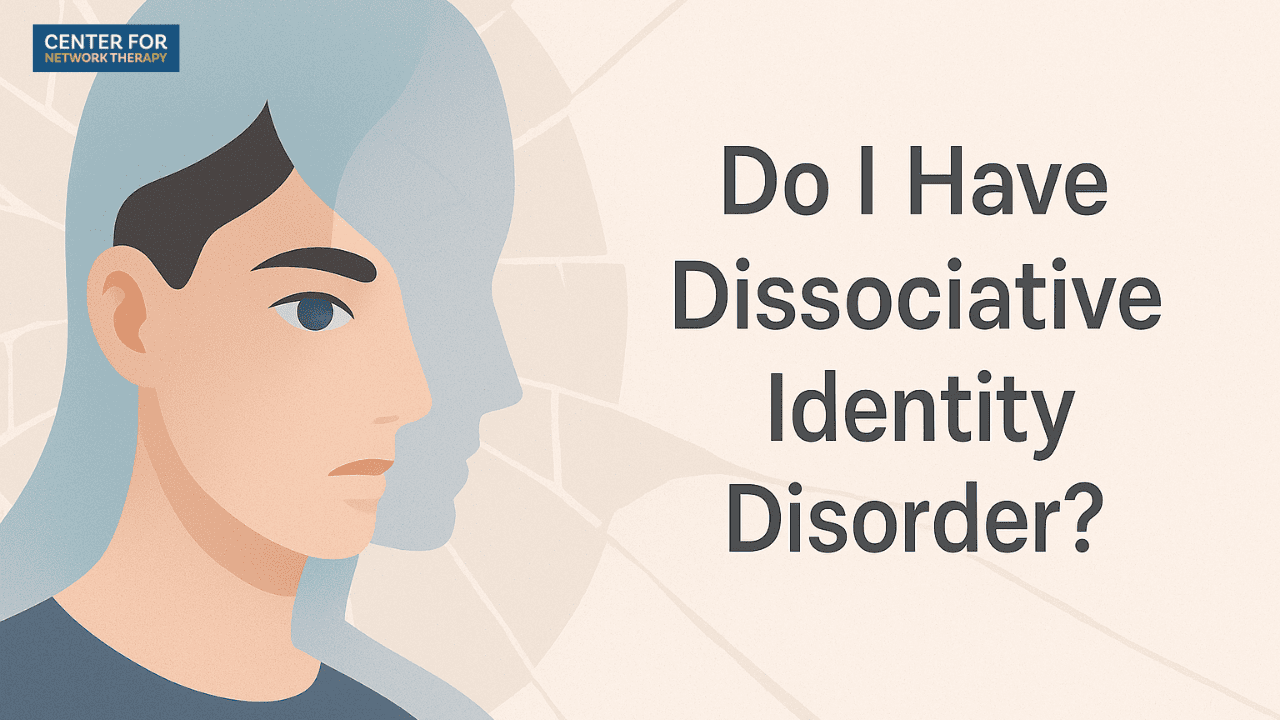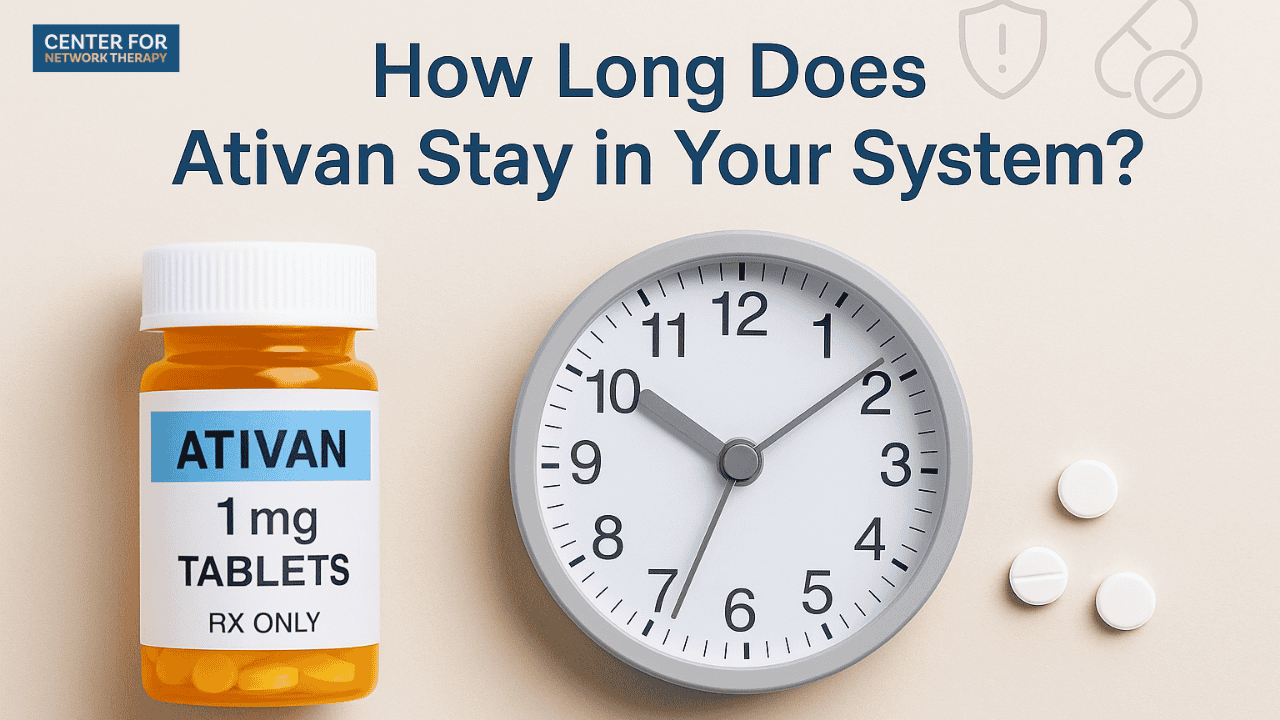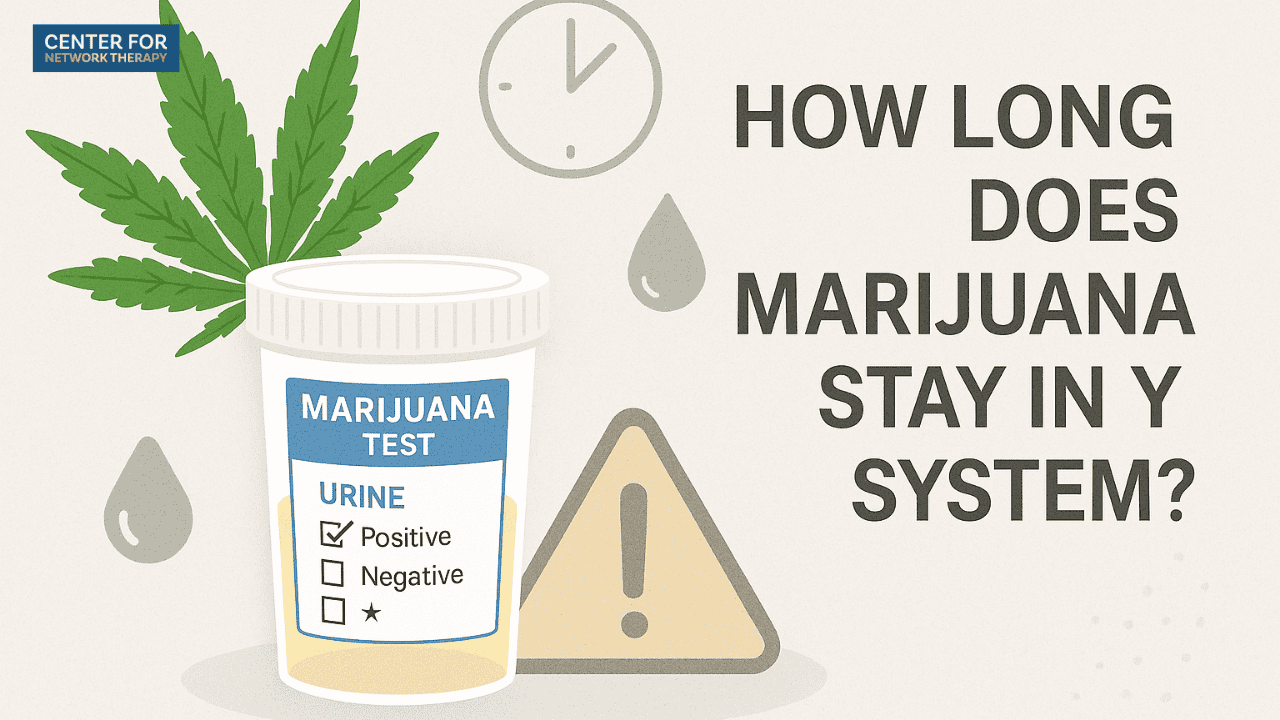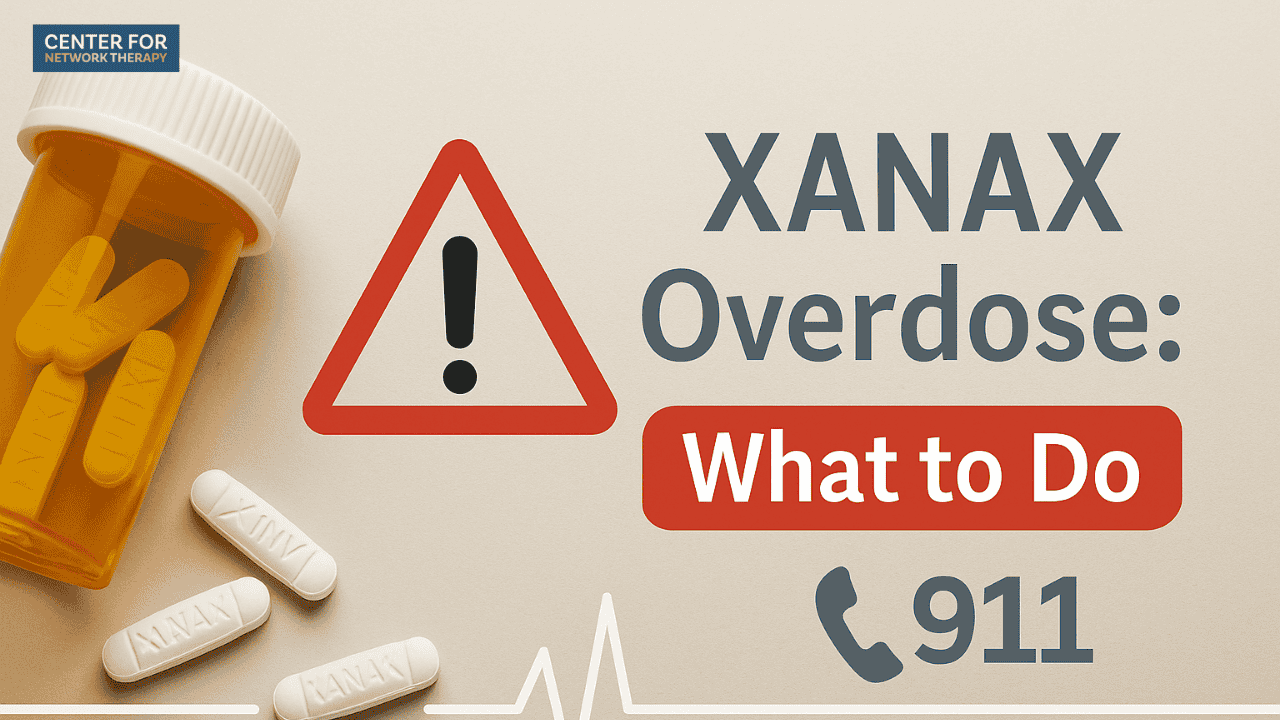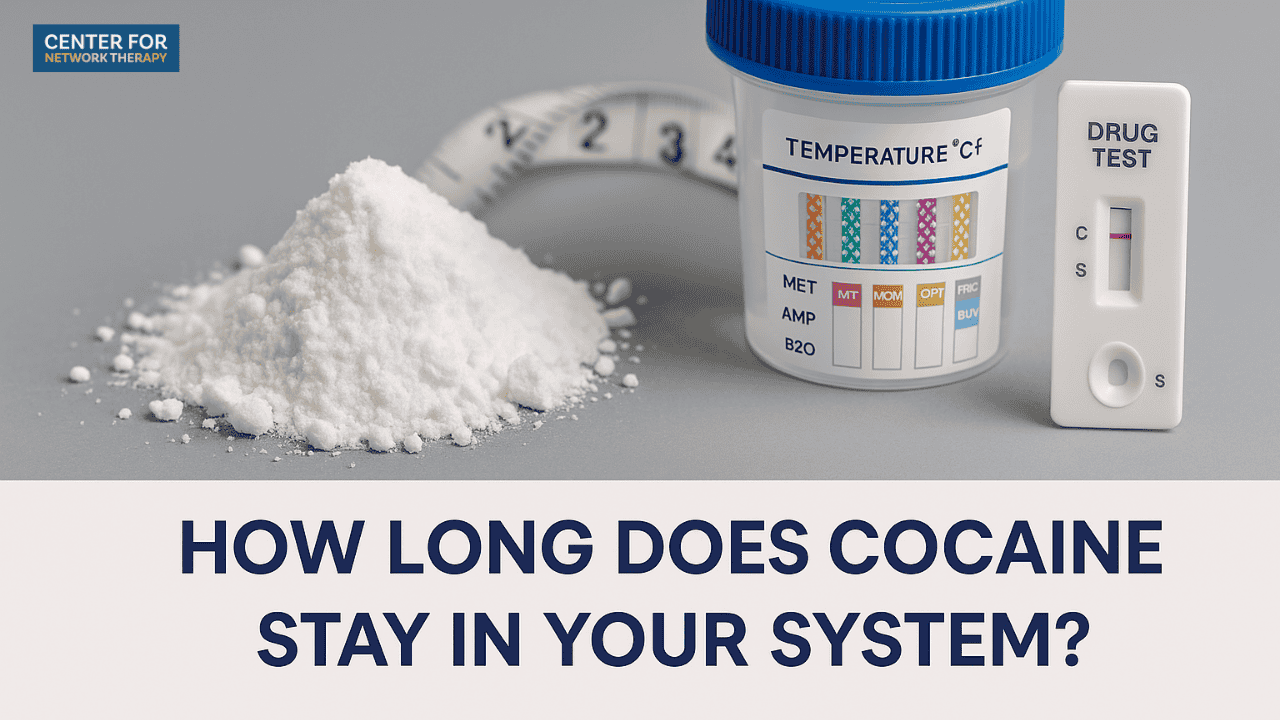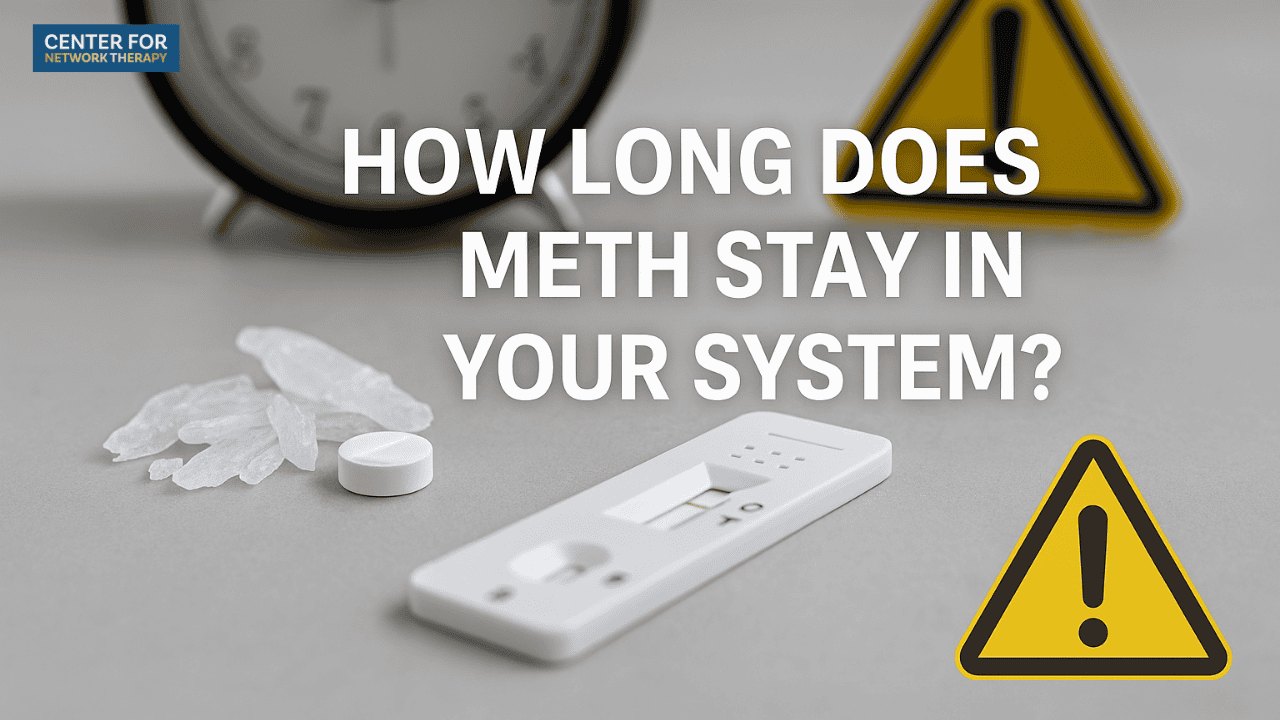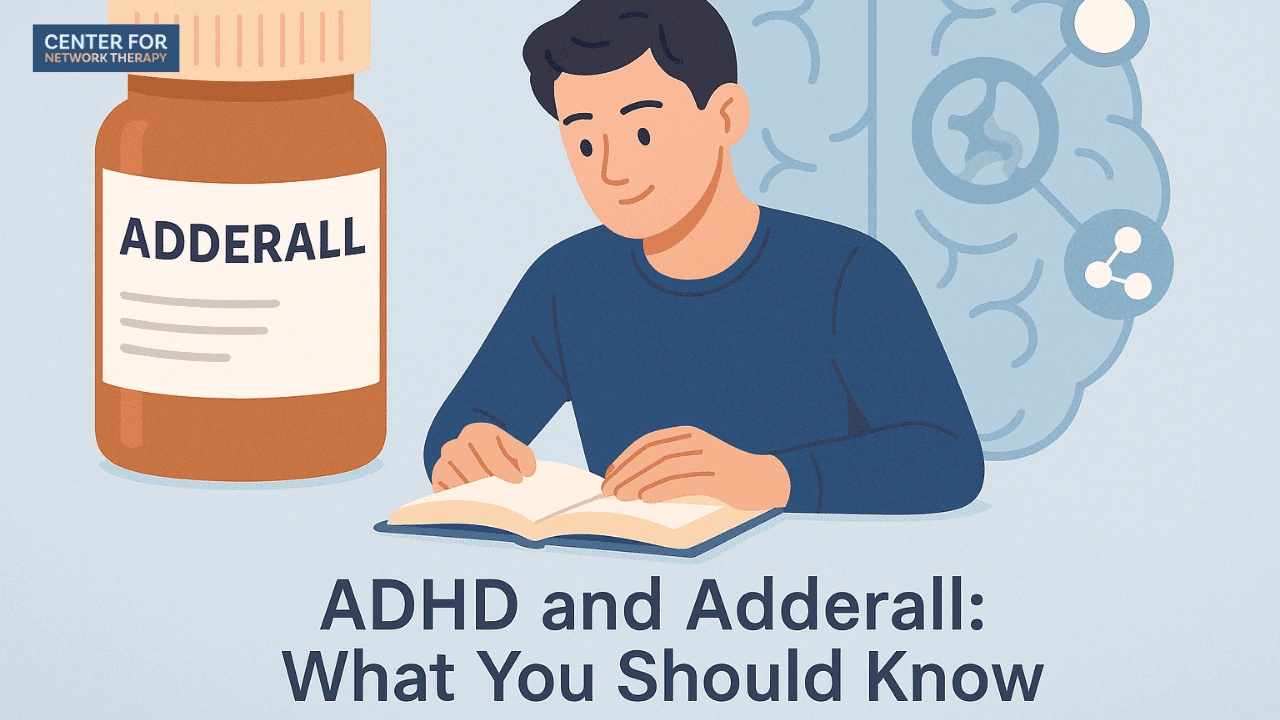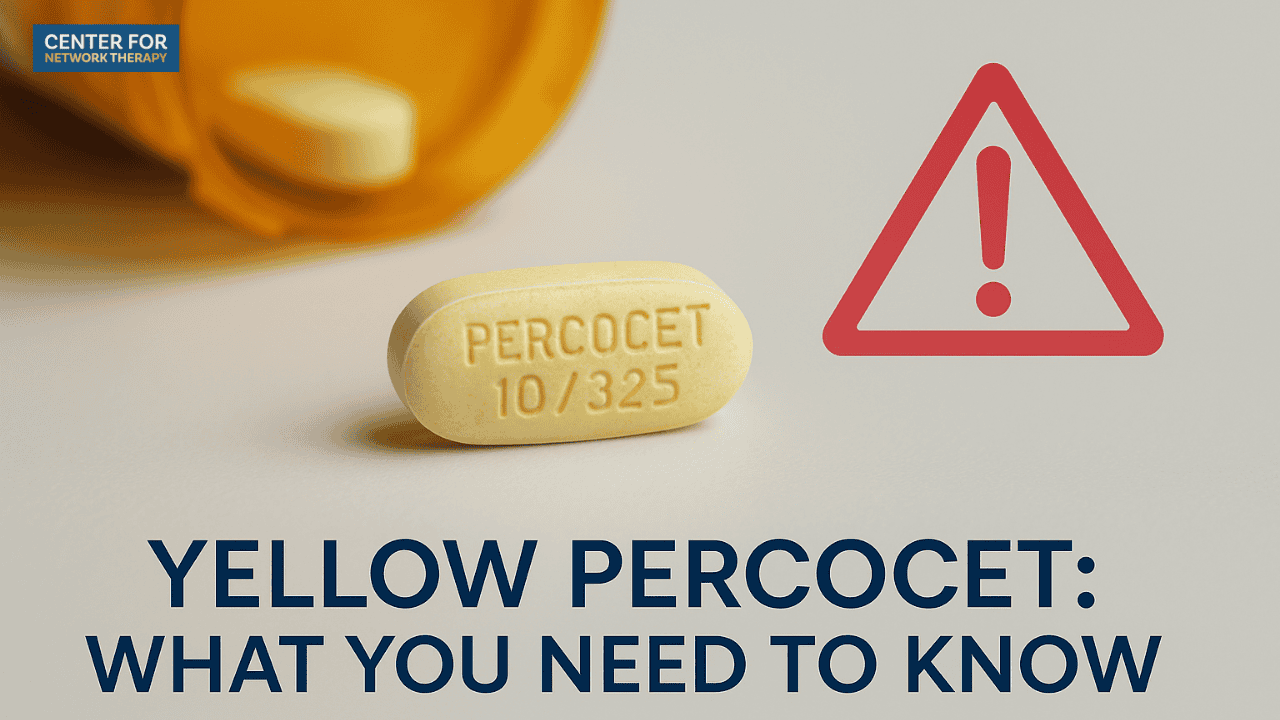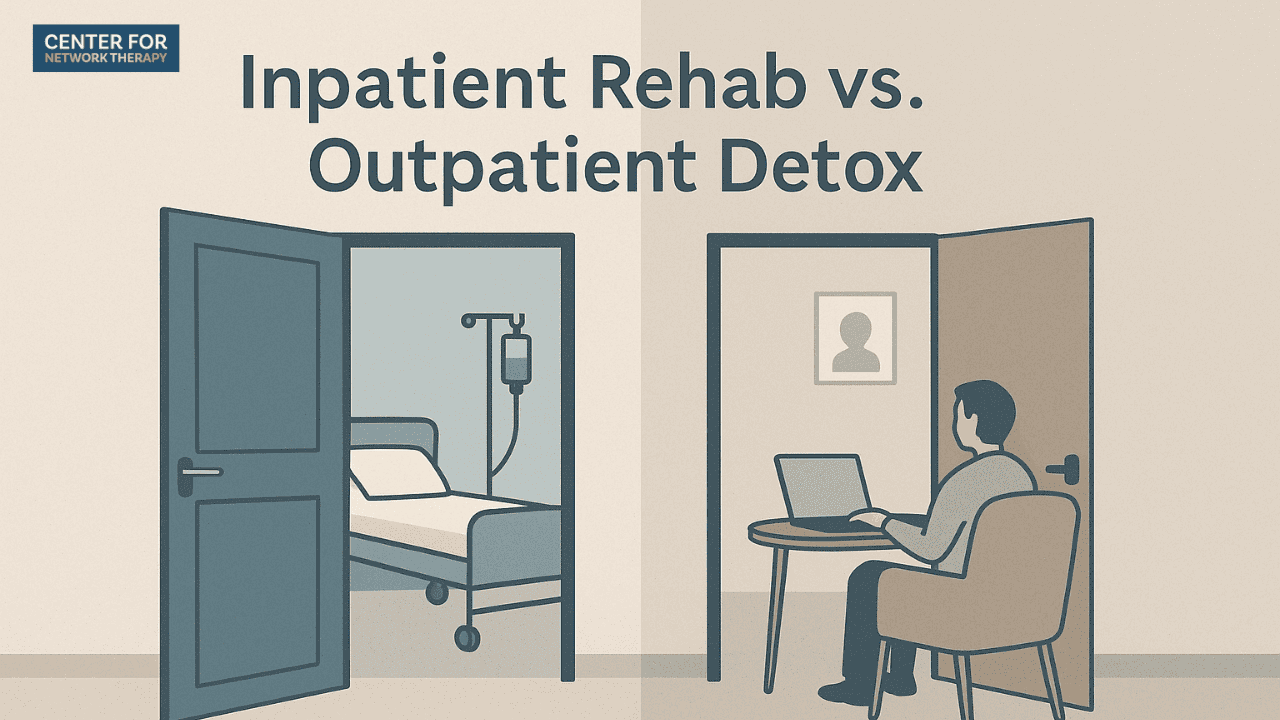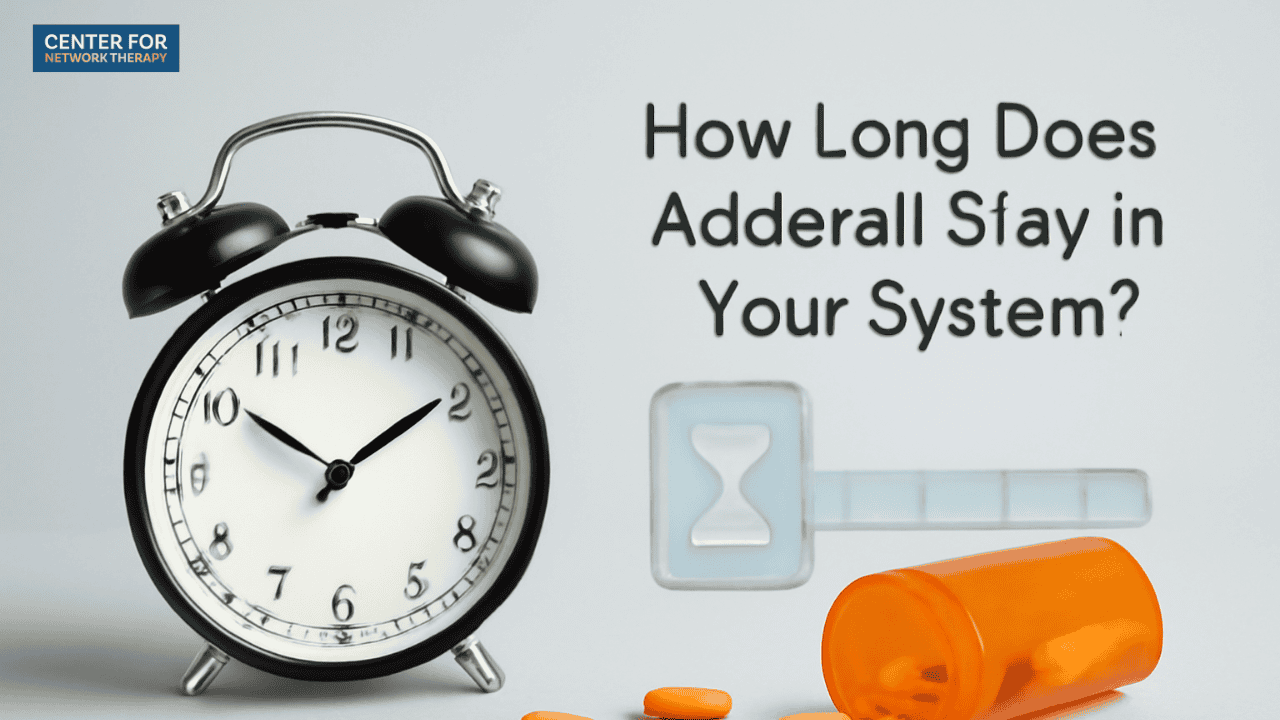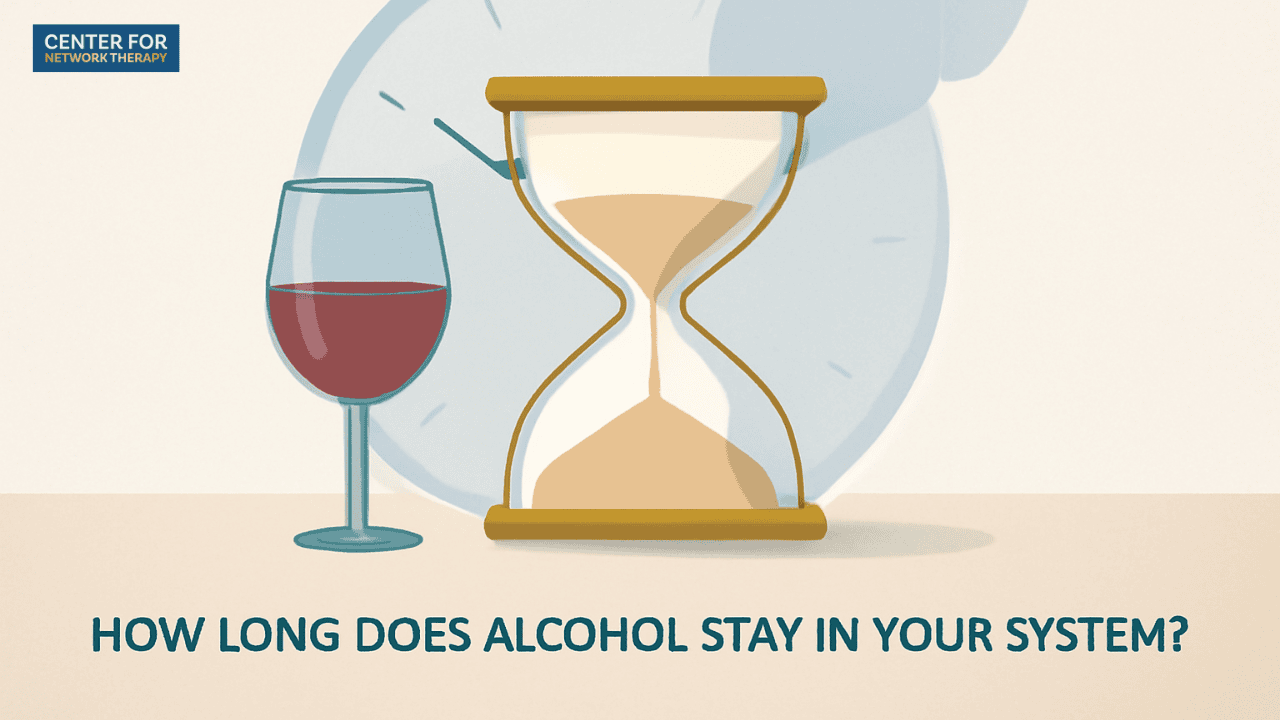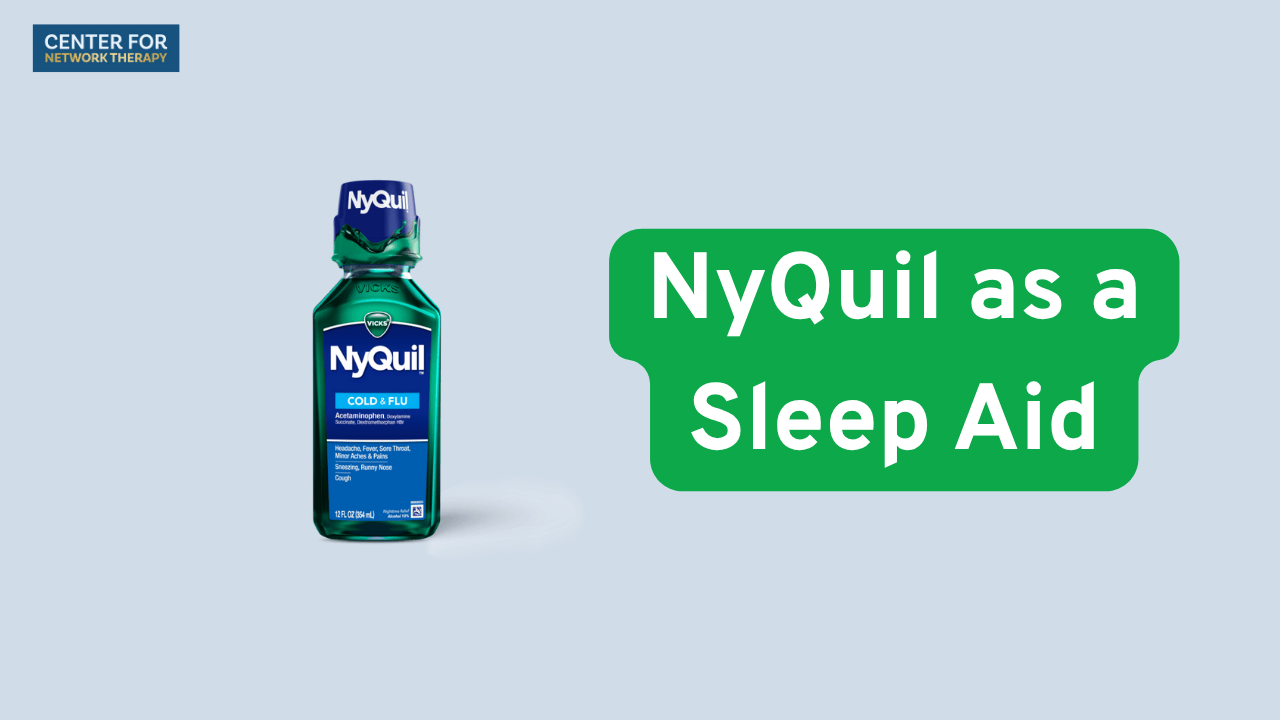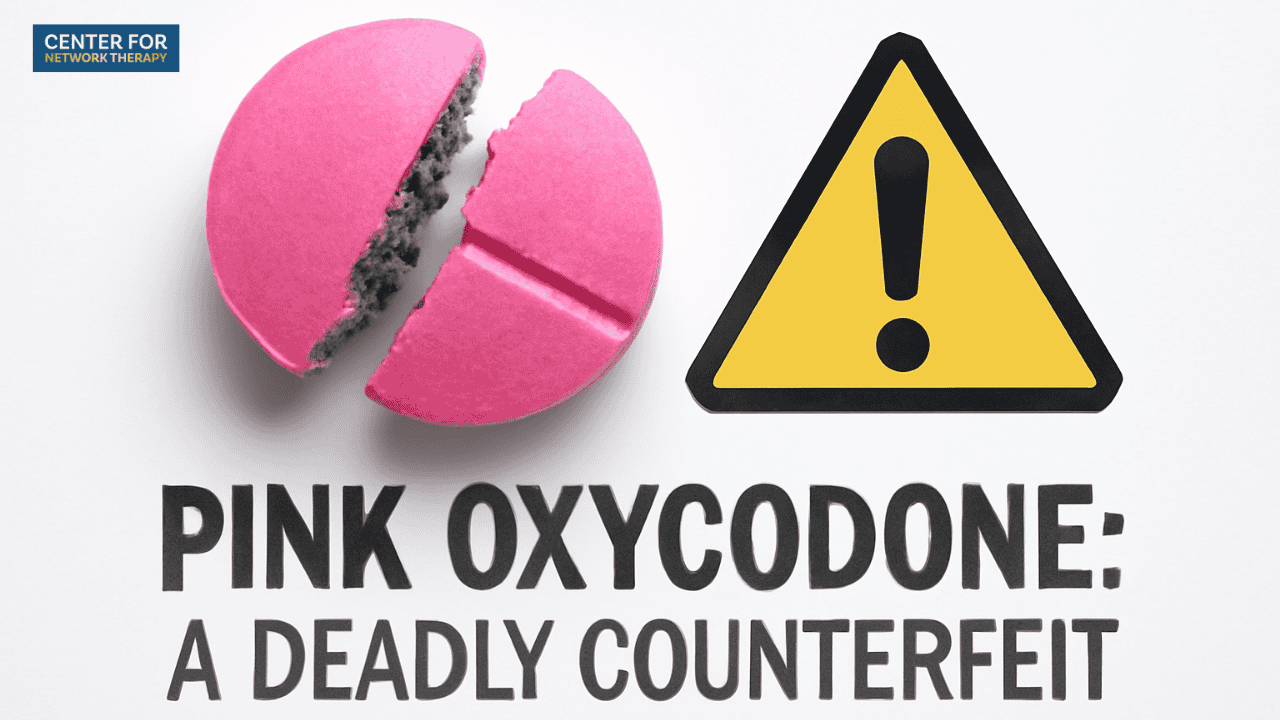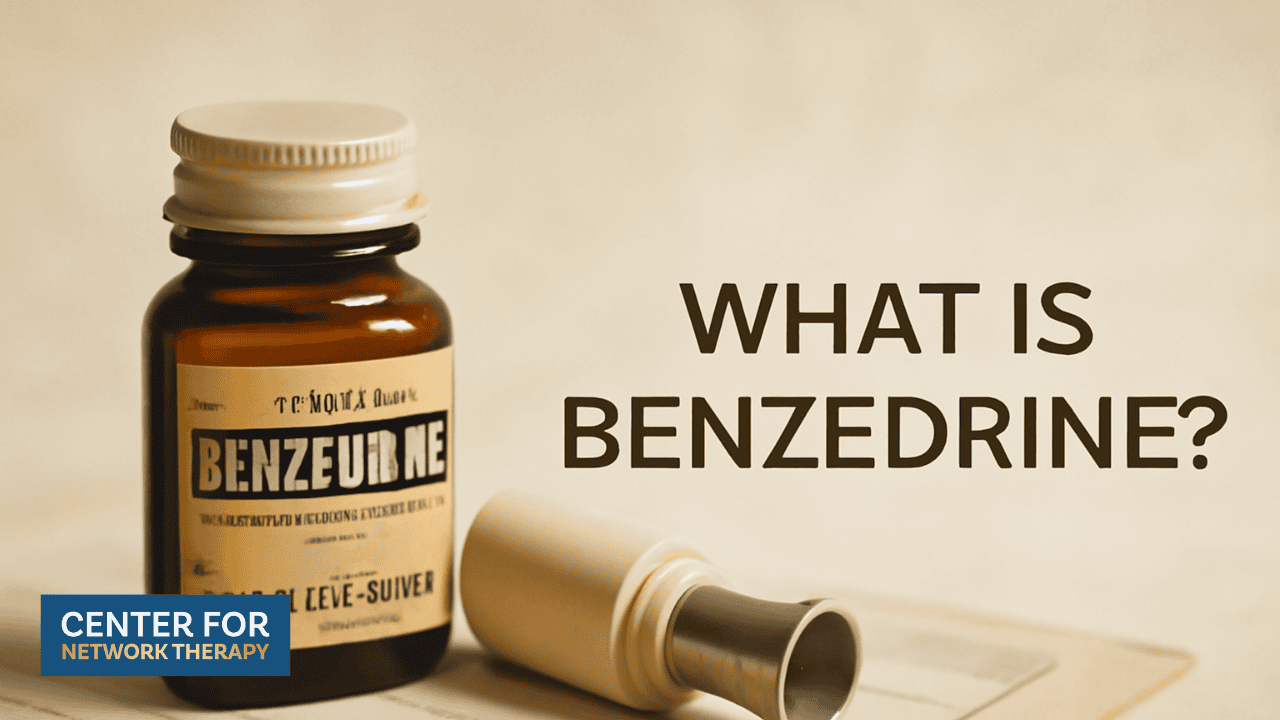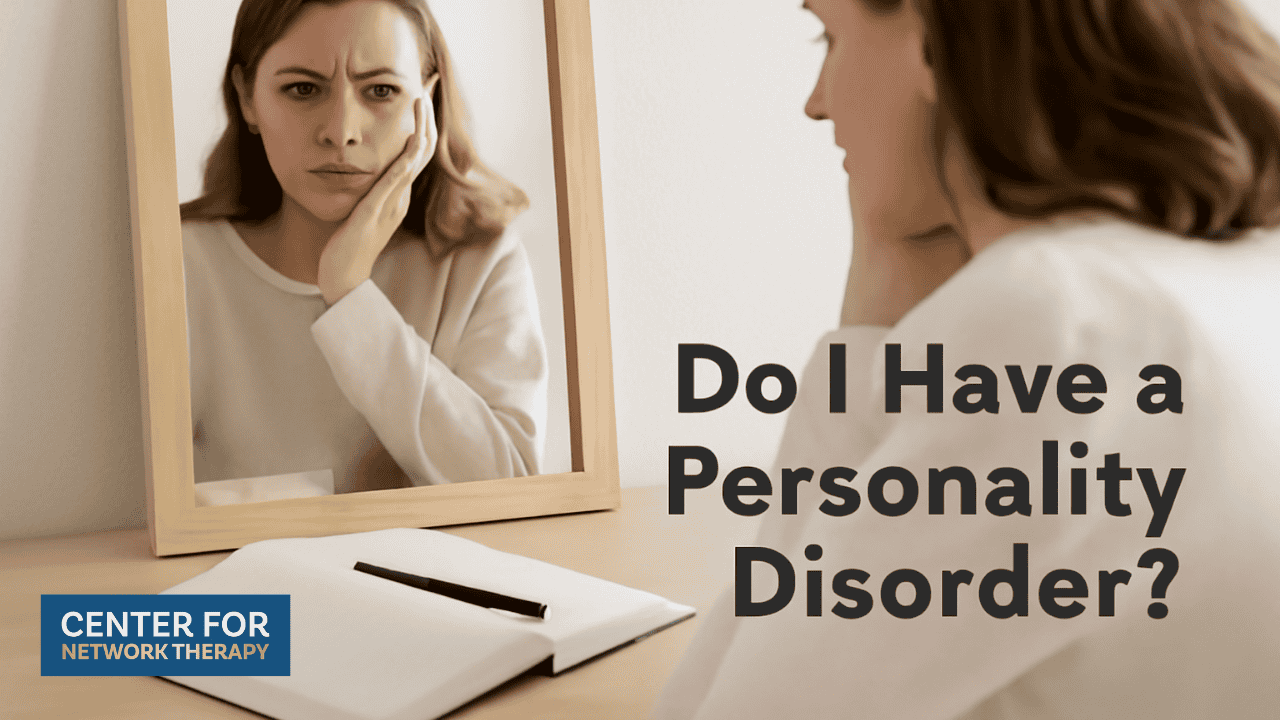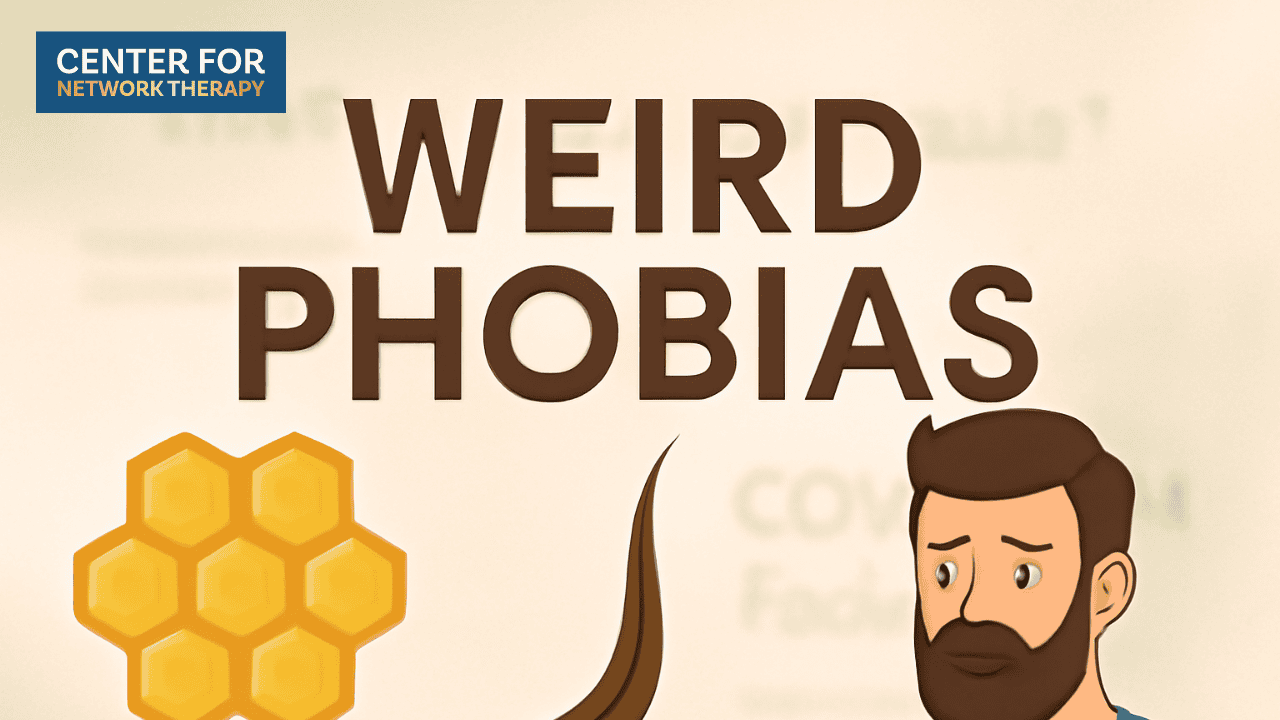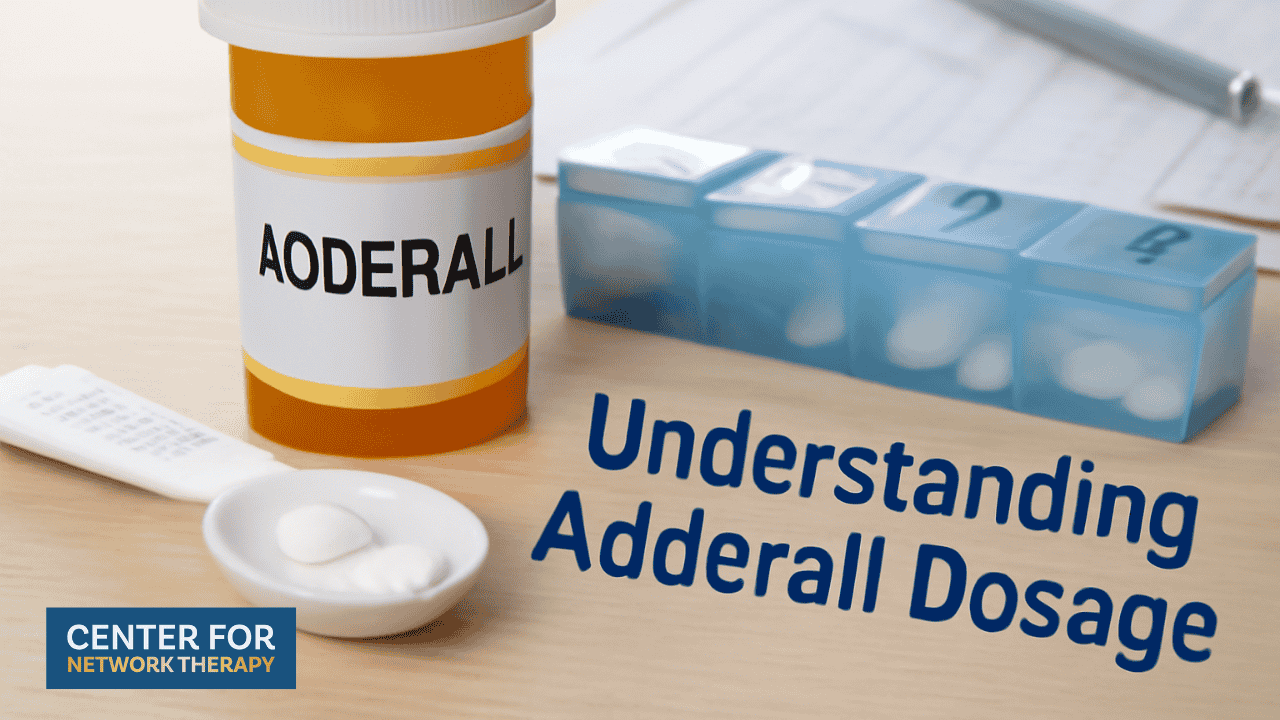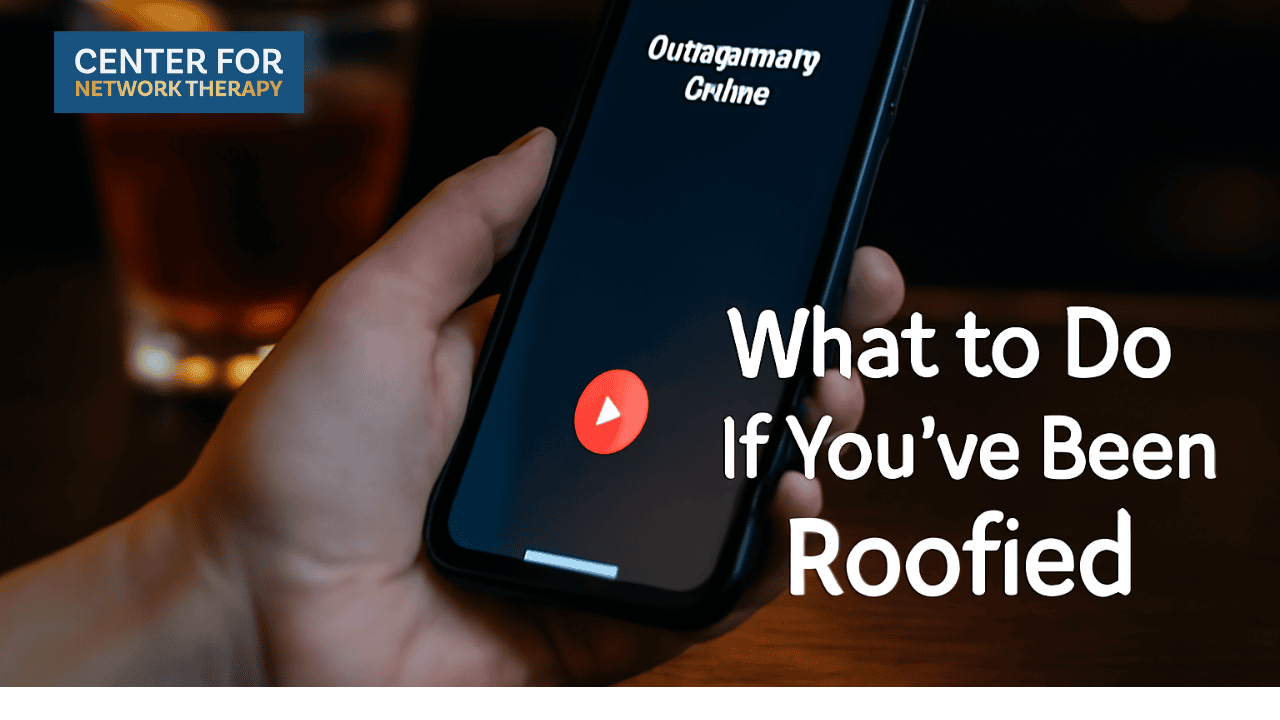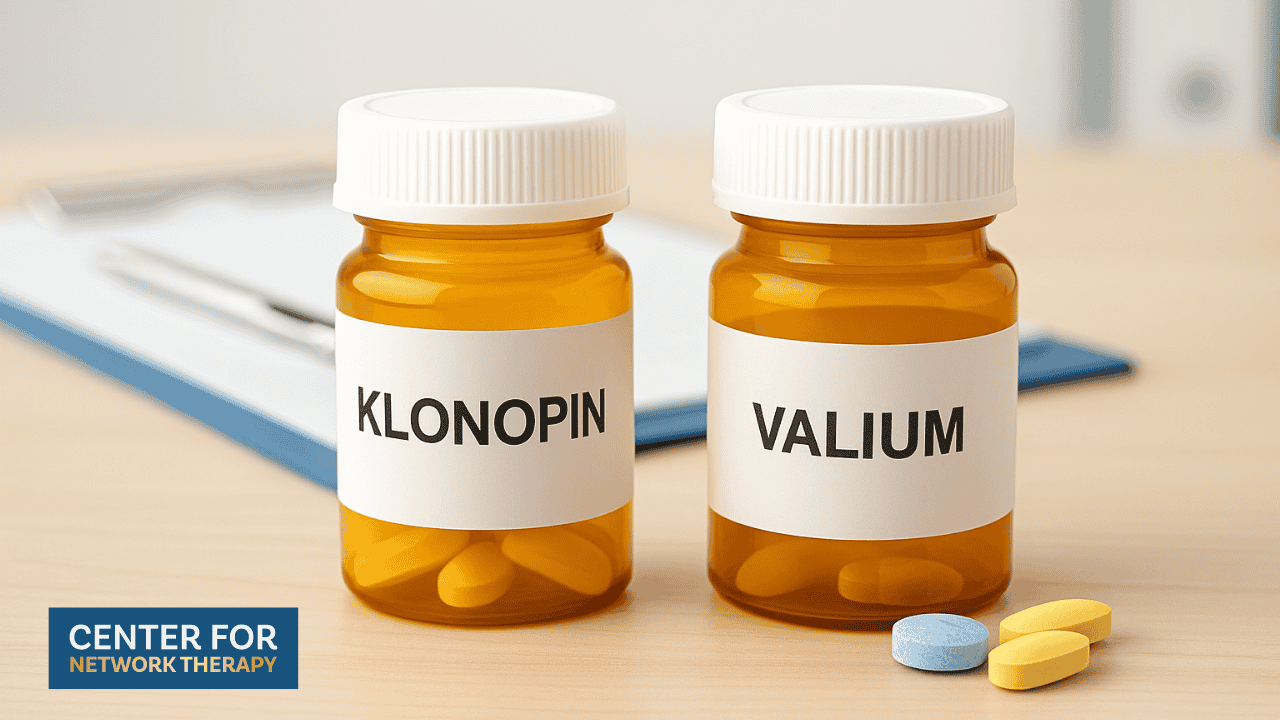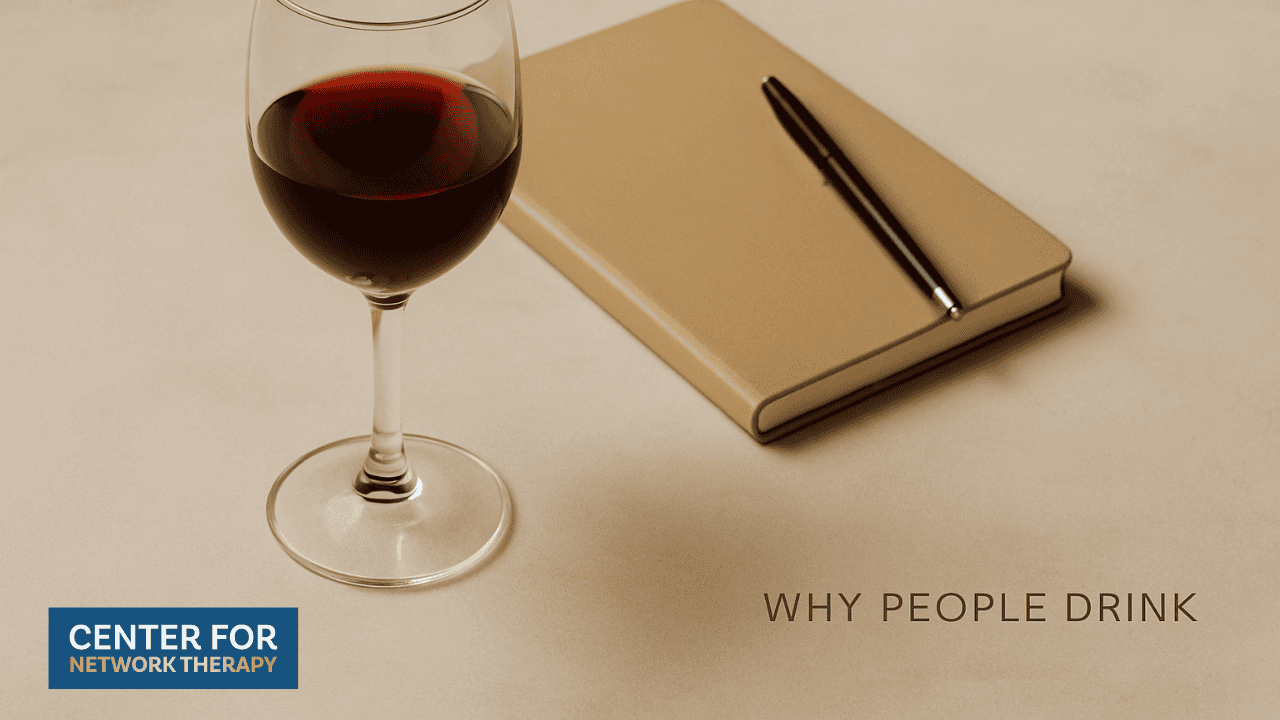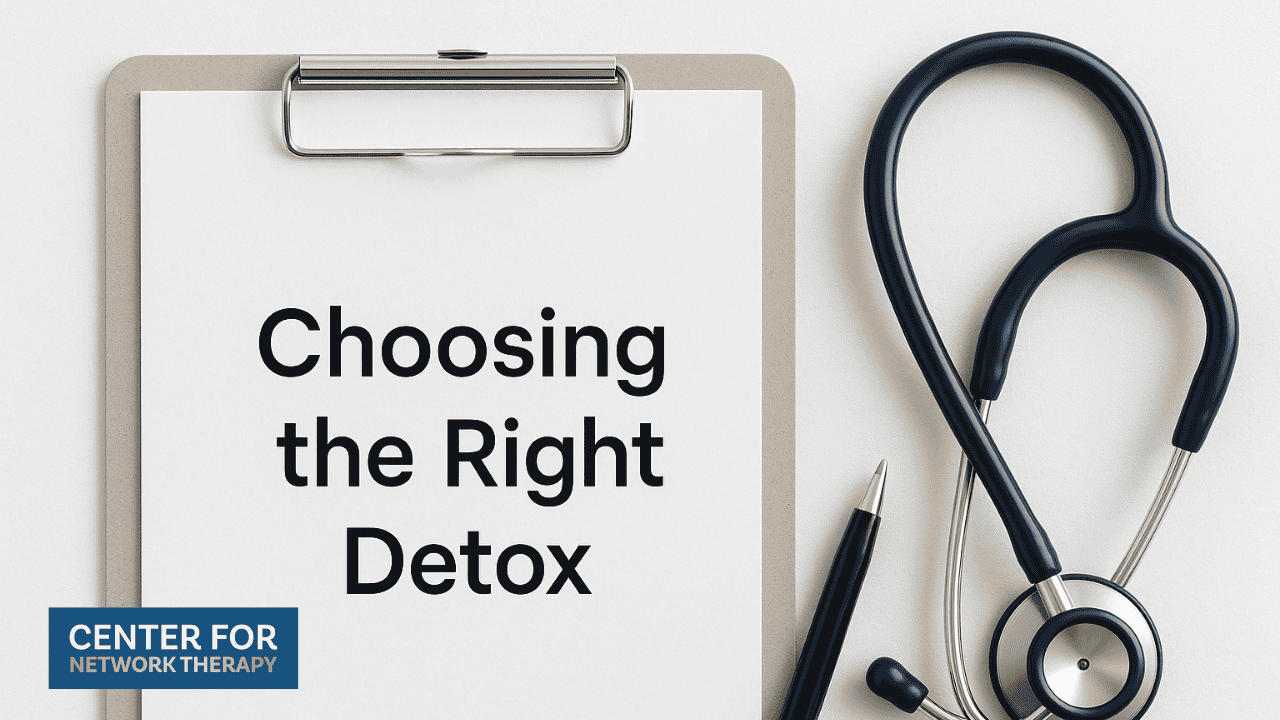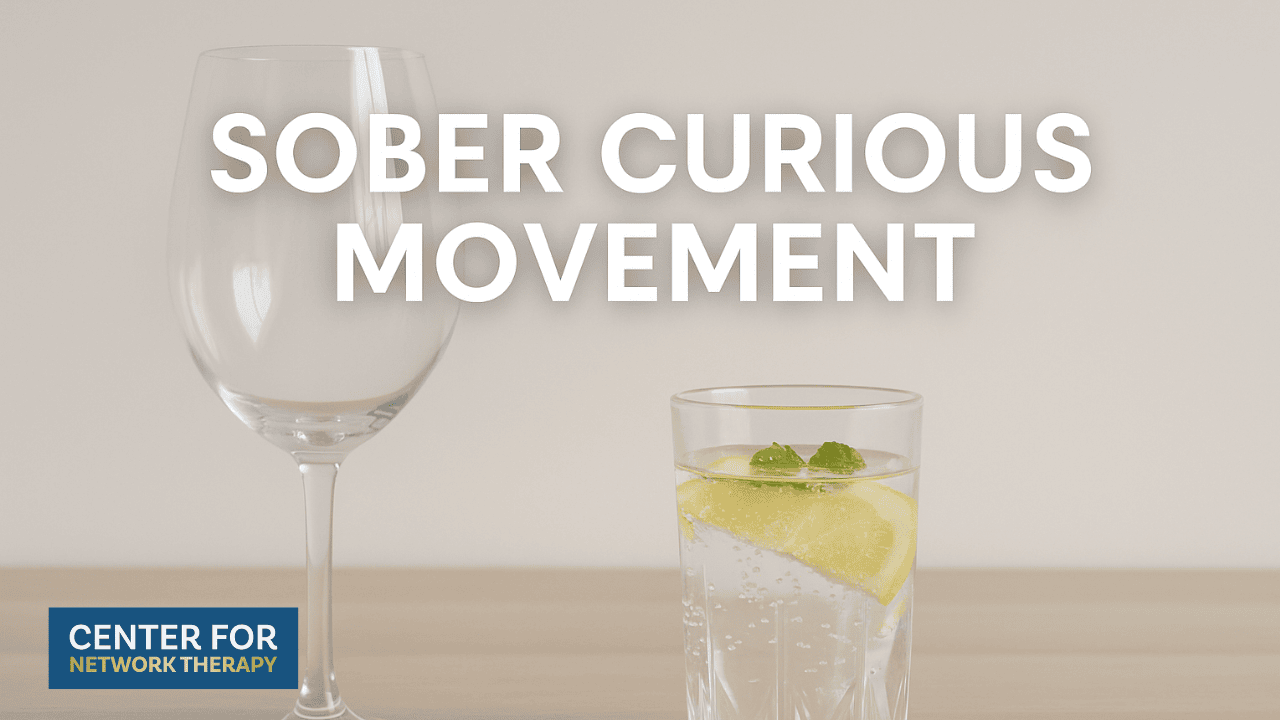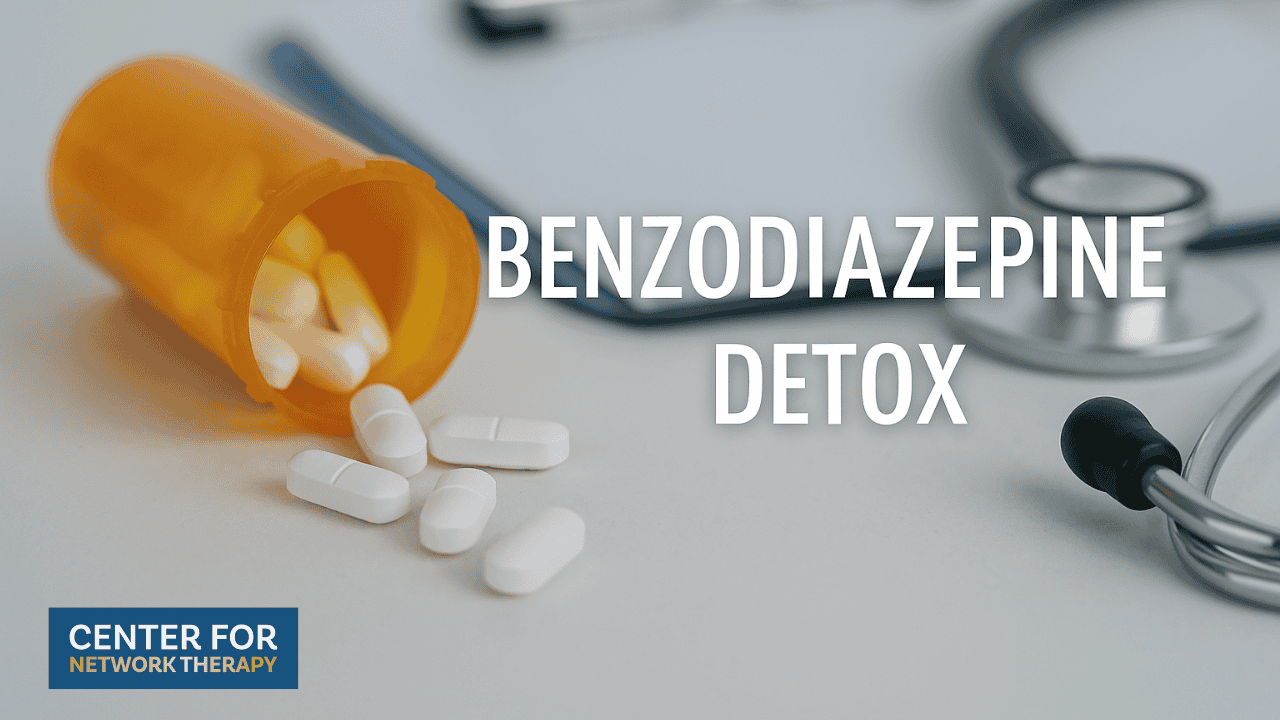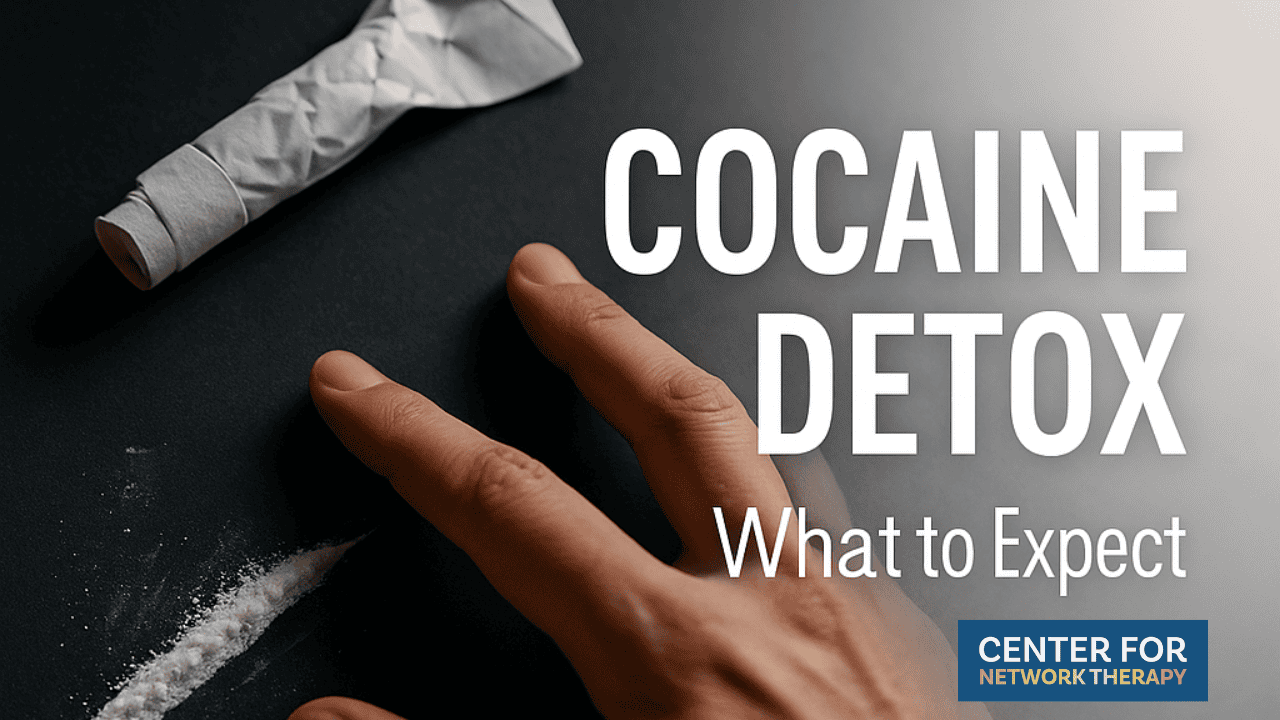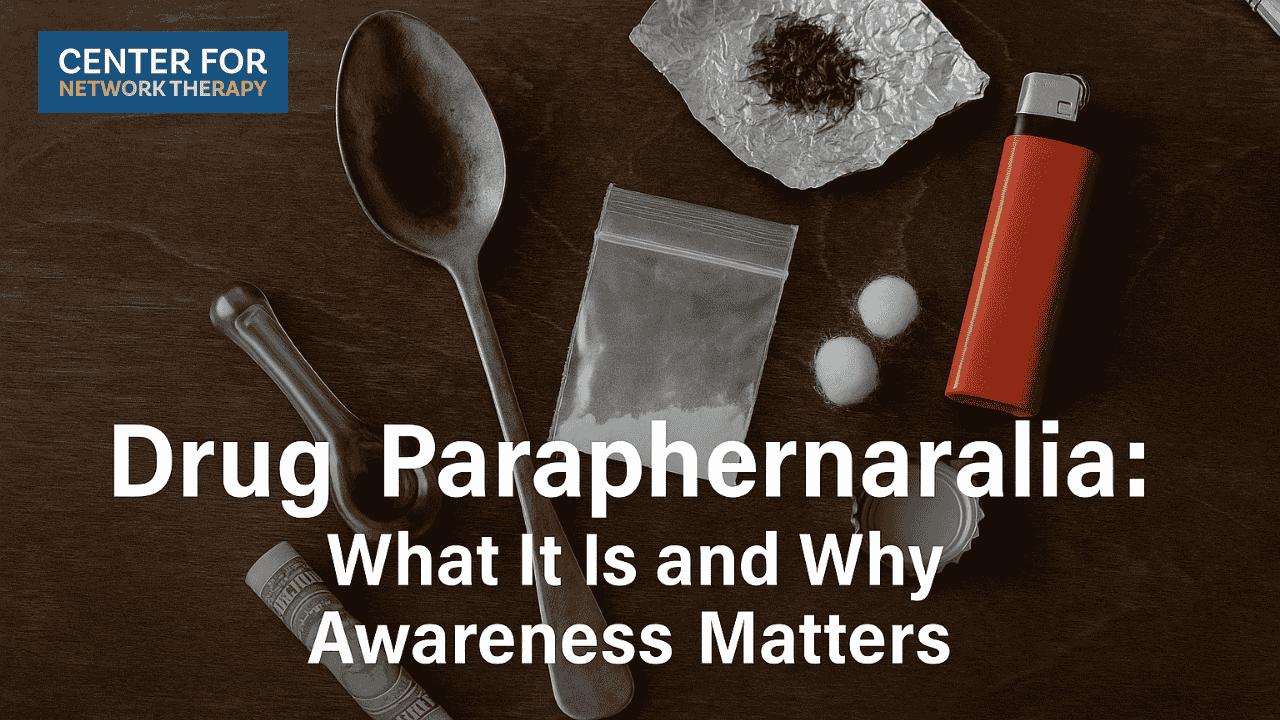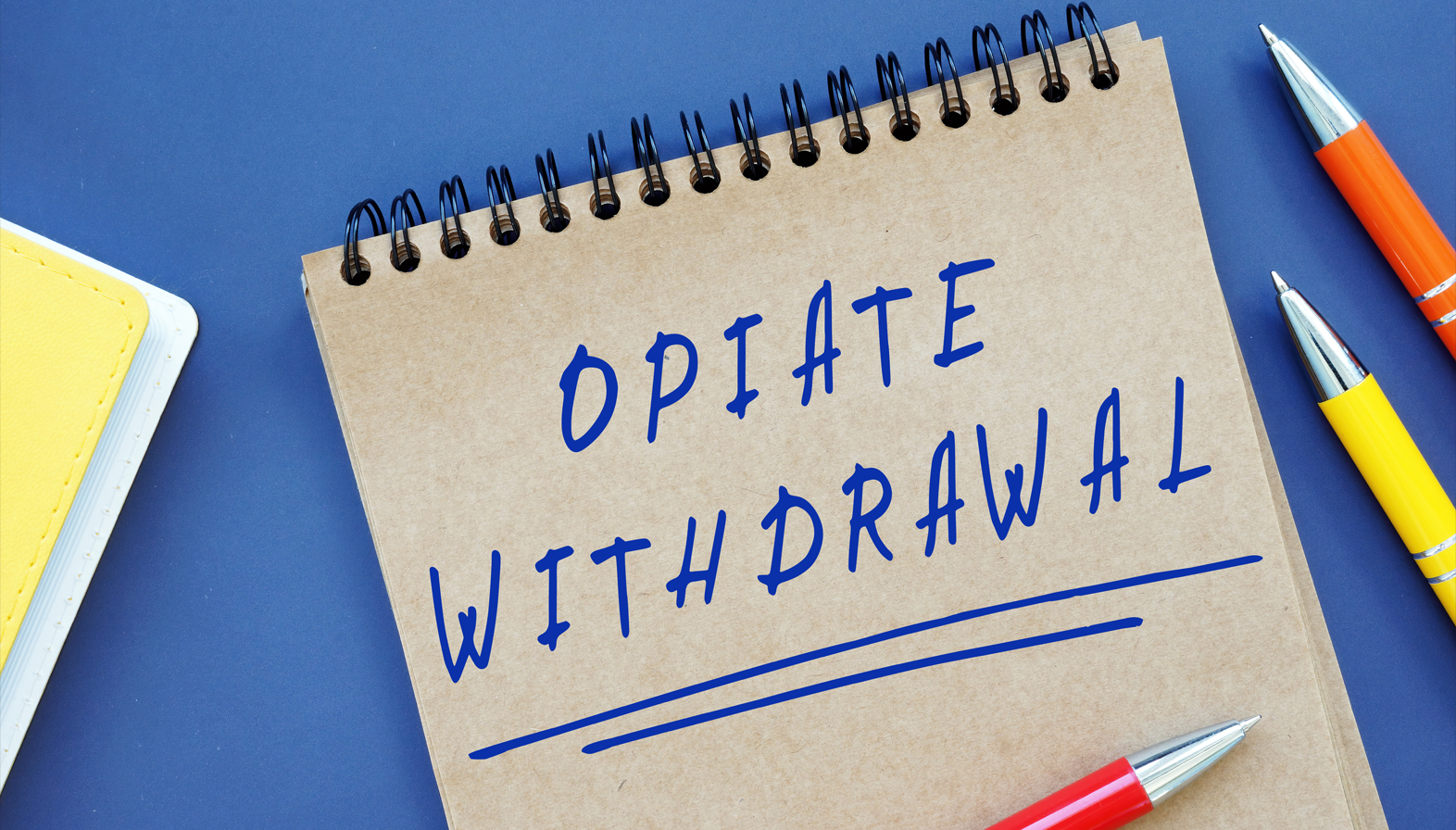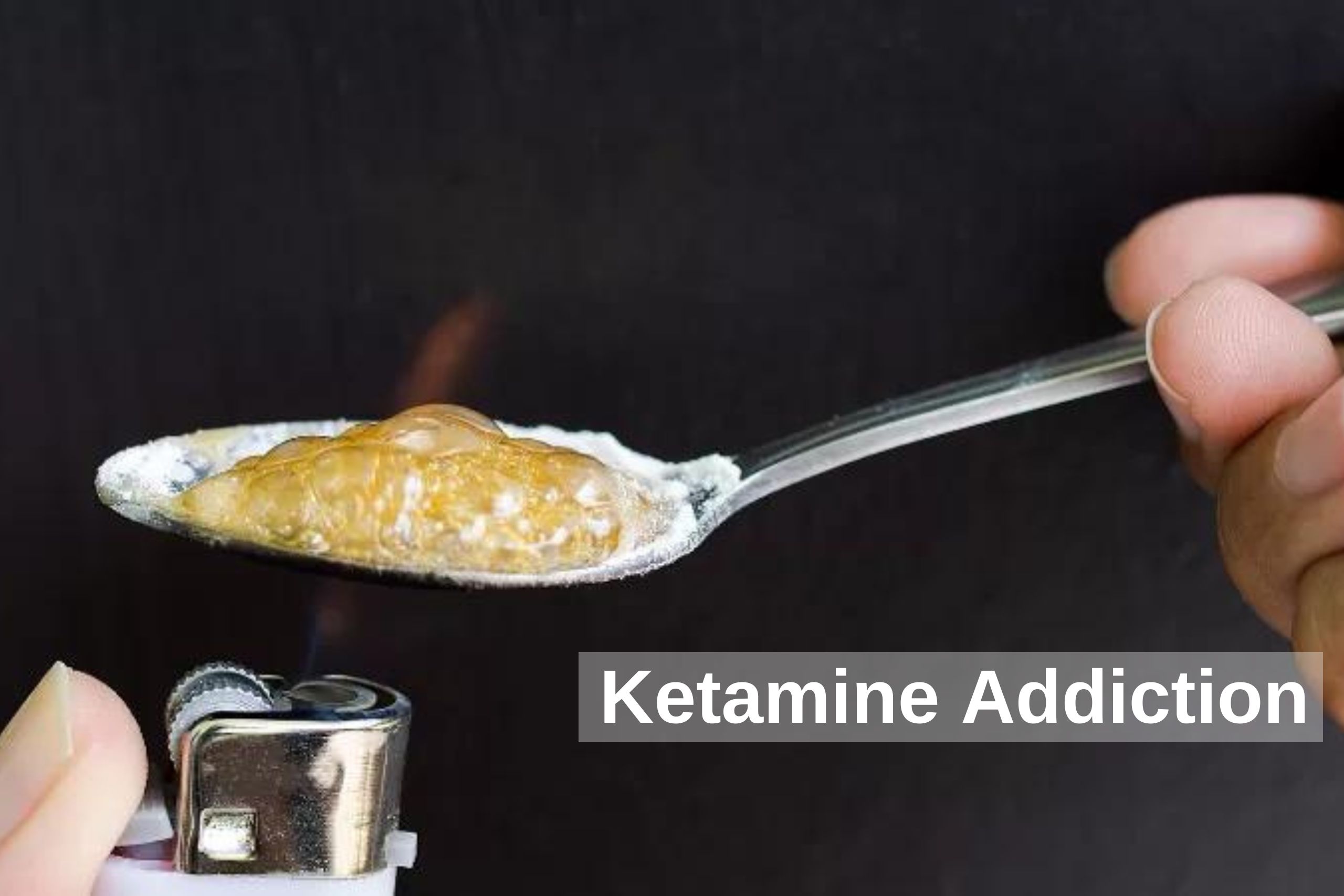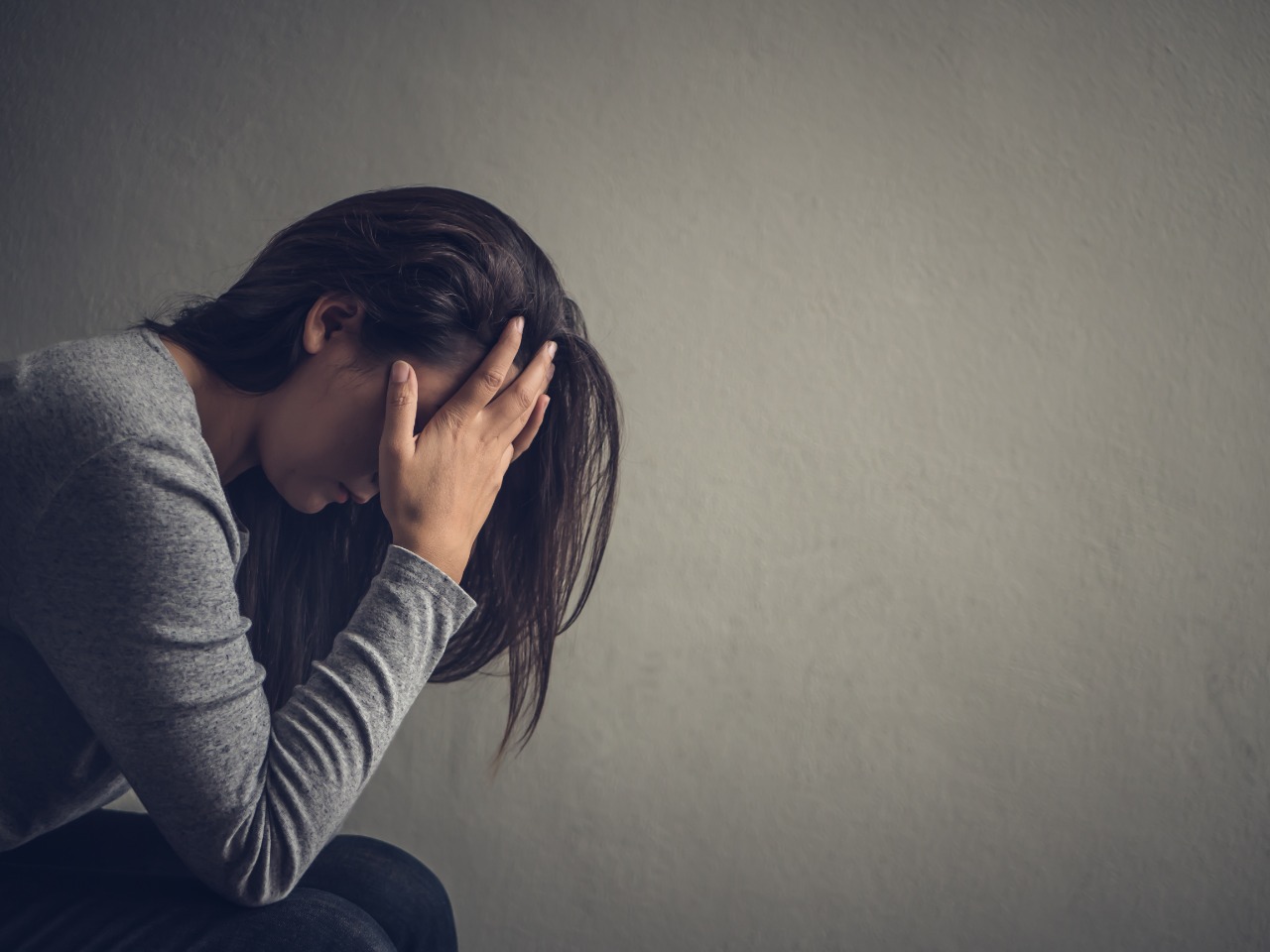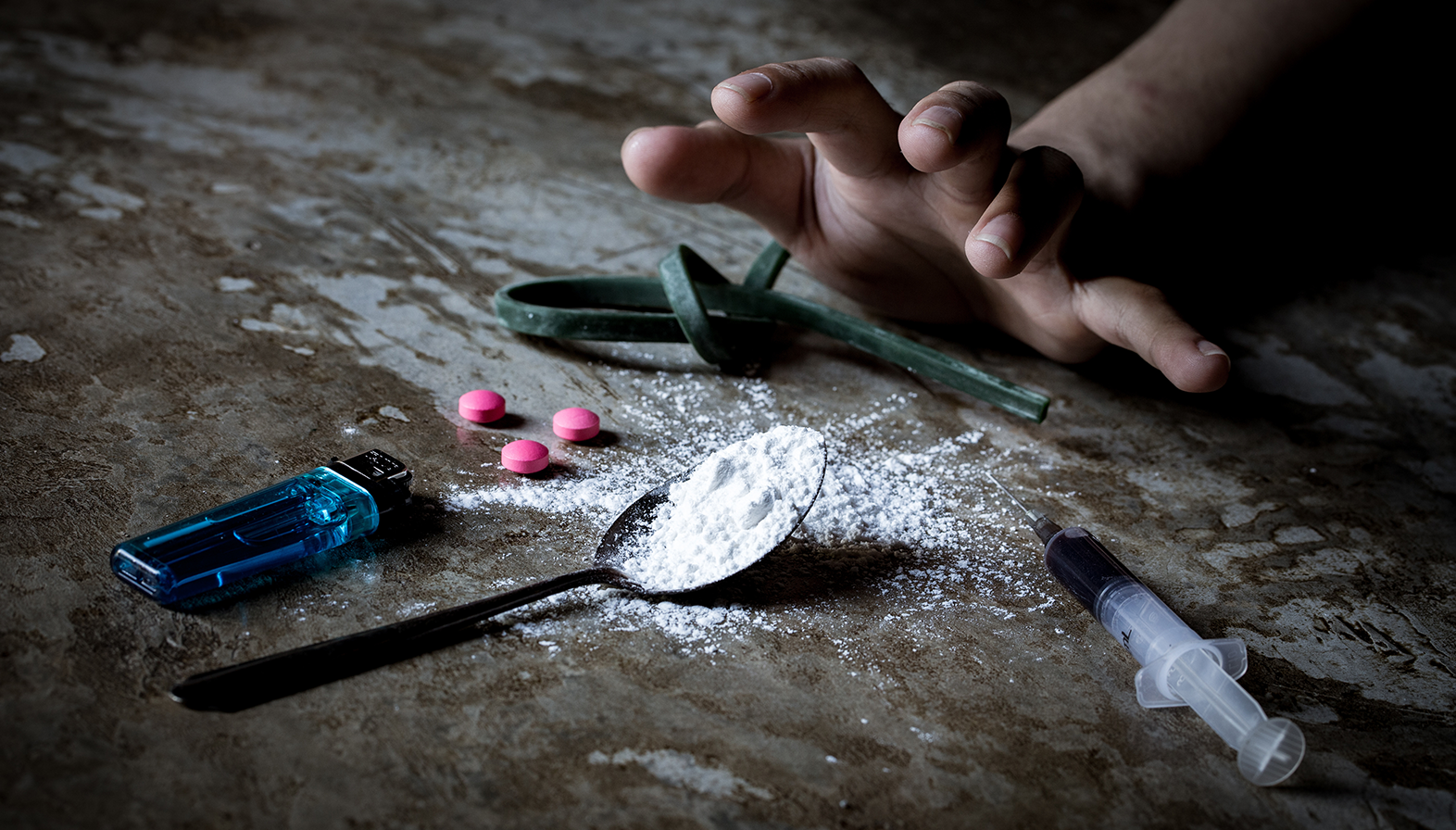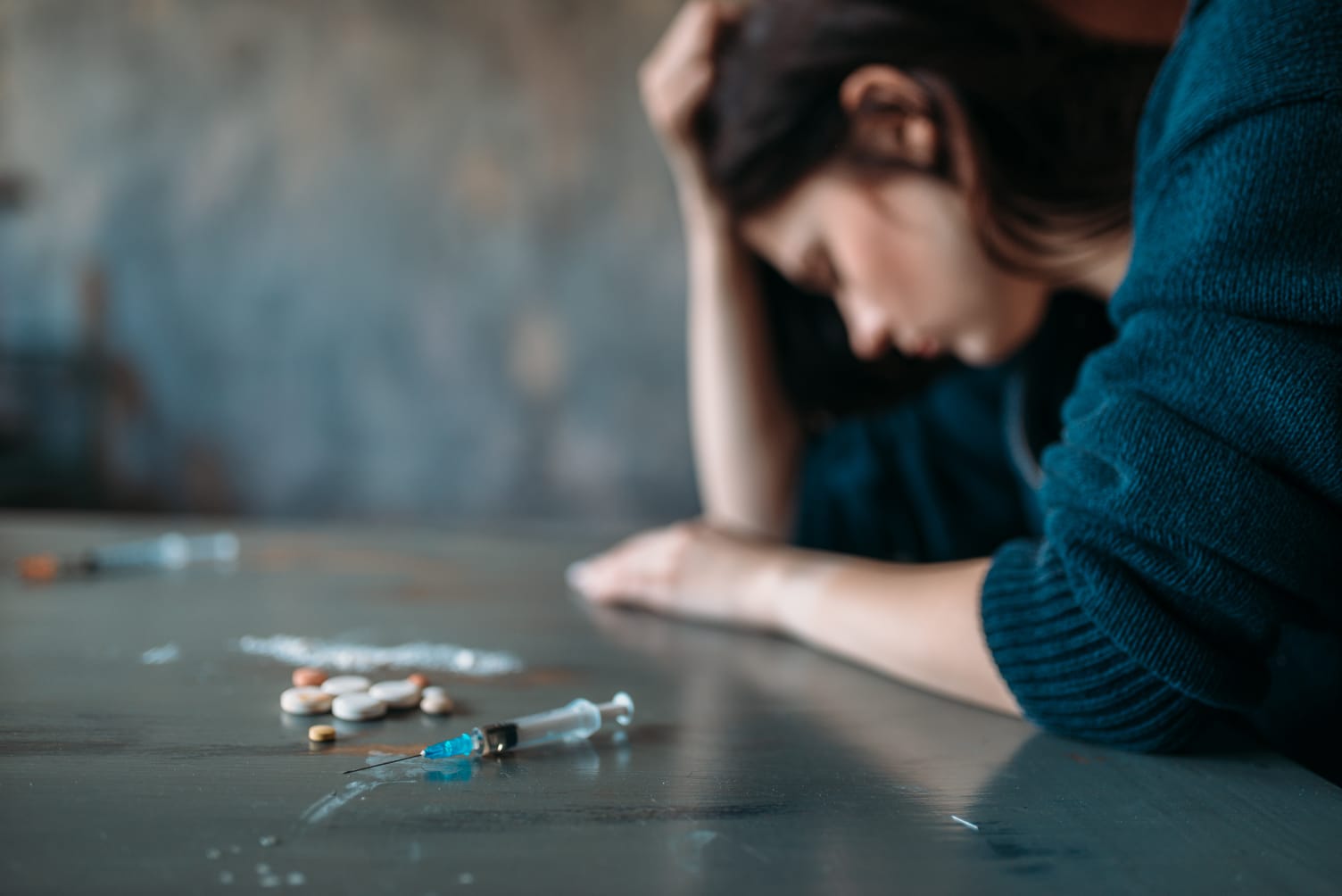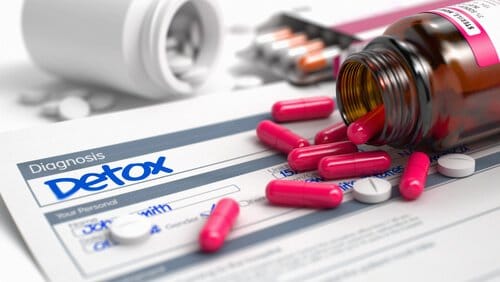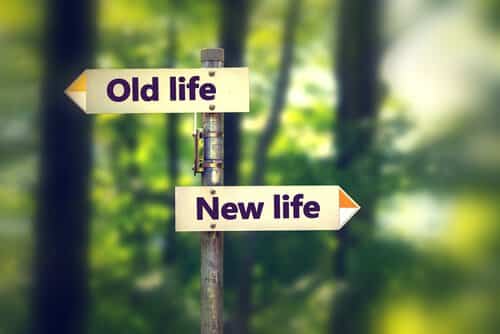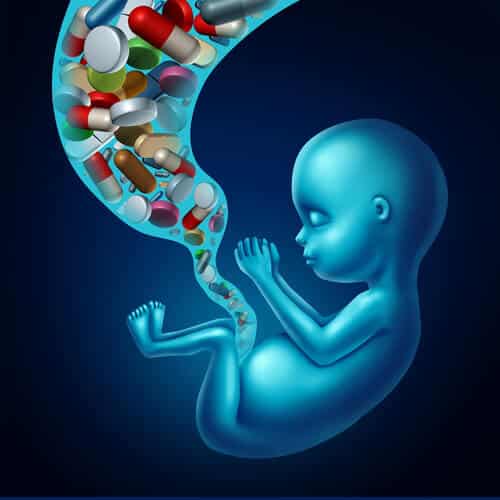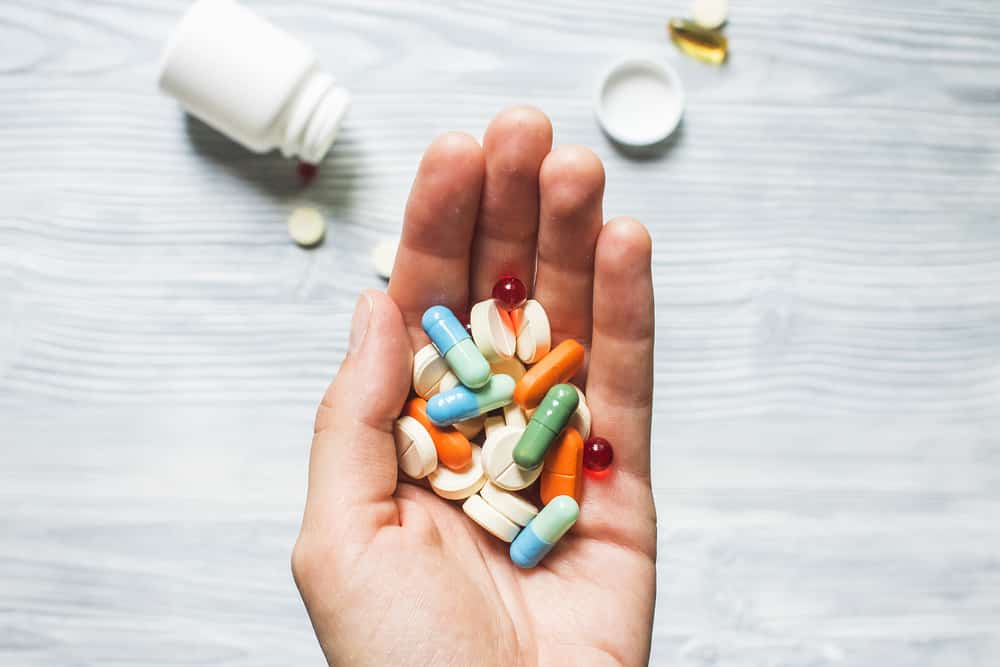What Is Similar And Different About Opioids And Opiates?
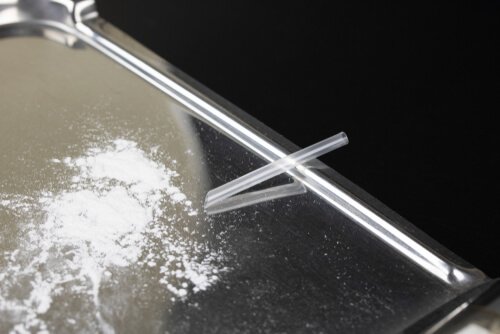
There are stories that take place nearly every day about the detriments of opiates and opioids, and how harmful they can be to individuals and families alike. While many people are aware that opiate and opioid are two different things, there aren’t that many people who know exactly what the difference is between the two.
The distinctions between opiates and opioids are subtle but significant. An opiate is a drug that is derived naturally from a blooming opium poppy plant. Such examples of opiates include none other than opium, codeine, morphine, and heroin.
On the flip side, there is the opiate. Opiate is a broader term that includes opiates and refers to any type of substance, nature or human-made, that interacts with the brain’s opiate receptors. These receptors are parts of the pain that control pain, reward, and addictive behavior. Examples of some man-made diploids include prescription painkillers, fentanyl, methadone, and oxycodone.
It is important to consider that while opiates are opioids, not every opioid is an opiate. Furthermore, since opiates are natural, that does not mean they cannot be as harmful. Like with opioids, opiate can be highly abused and addictive to the abuser.
Both opiates and opioids can alter the ways that the user can perceive pain, as opposed to making the pain vanish. They can latch onto molecules that are pronounced from your opioid receptors. The nerve cells in these receptors send messages to the brain that limit the pain that your body can experience in a certain period of time. In other words, people who take these drugs suffer from less pain.
Opiates and opioids can also play a role in how the brain senses pleasure. A person who takes them that does not feel any pain will instead experience a sense of elation, along with a session of deep sleep or relaxation.
When people use medications classified as diploids or opiates as prescribed, they can be used to effectively treat pain, and the user is not as likely to become addicted to them. How prescription drug addiction happens is when the user develops a tolerance for the levels of medication they receive, and no longer get similar levels of relief. This effect is similar to select nasal sprays that end up making your nasal condition worse, and therefore you are conditioned to take larger and larger doses of it.
Patients might not have the same amount of expectations for relief as their doctors and might associate “painkiller” with medication that is supposed to alleviate any and all pain from the body. While the expectation of the medication does not match with that the medication actually treats, the user can take more of this medication than instructed to get a higher sense of relief, and therefore become addicted to the drug.
Which of the opiates and opioids are most addictive? It might be a trick question because according to opiate rehab experts, all of them play similar tricks on the brain. When we think about which are the most addictive, however, heroin is the first that we think of, because its effects are immediate. People who abuse heroin are affected right away, and it is a very difficult drug to recover from. Heroin is also a cheap drug to buy and made available to use recreationally.
For an opioid rehab visit your local rehab facility. You or a loved one can enter a treatment program to ensure a thorough and effective recovery. Patients struggling with addiction can receive an individualized plan to be sure that his or her goals are achieved.
Related Articles




